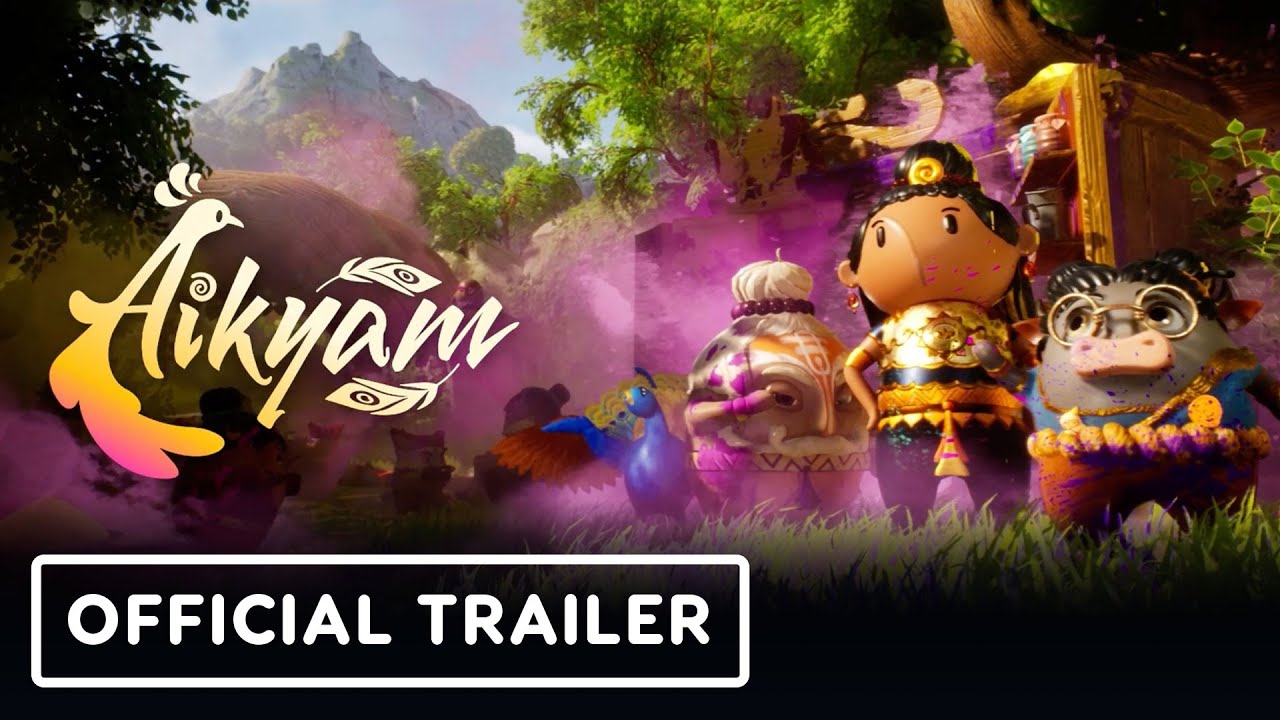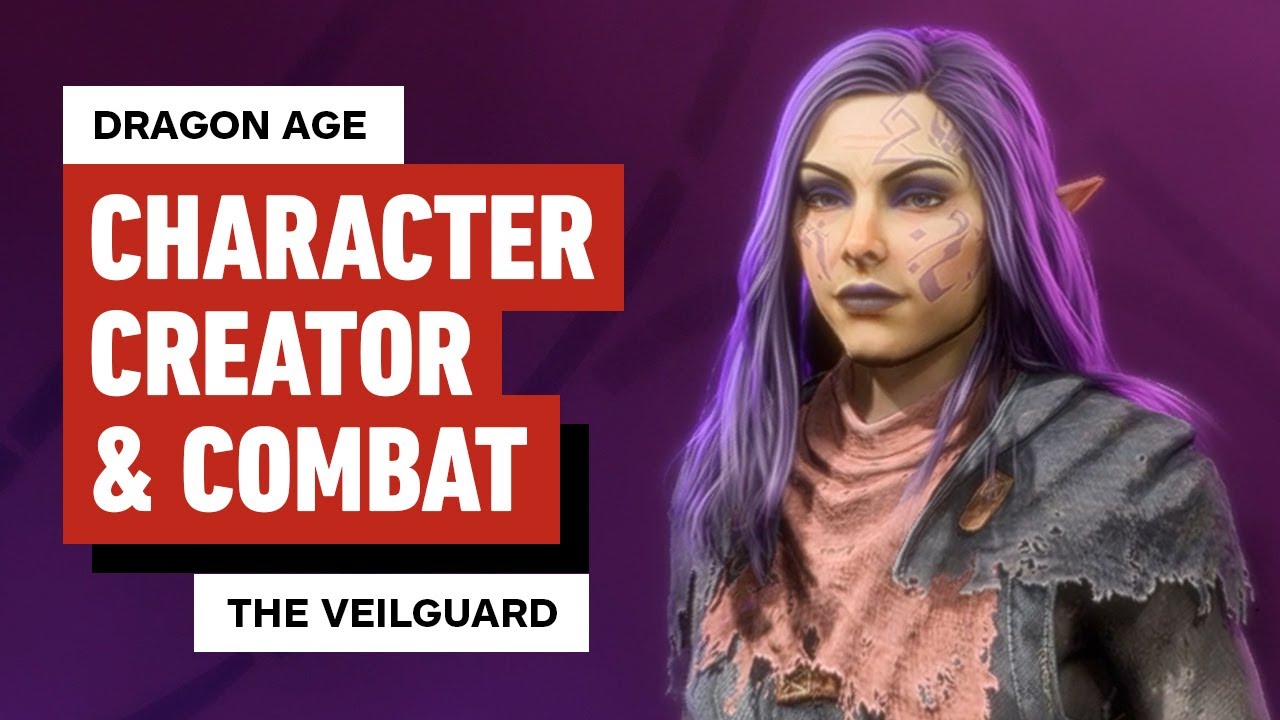As featured on Minecraft Servers Listing
#𝐠𝐫𝐞𝐞𝐤𝐦𝐜 #SemiVanilla #1.1.6.1
is a vanilla raiding survival server. On the surface that is, going down the rabbit hole, players will soon discover hidden structures scattered across the world, secrets at spawn, cryptic deep lore and foreshadowing to something more…

Using all the newest features of Minecraft we here at have created a survival experience like no other! With TP/SetHome public trading system, parkour, arena, custom structures with boss battles, custom mobs inside and server wide events all made mostly entirely with command blocks!
Join our server: play.greekmc.ga !
[ Raiding and Greifing are ALLOWED ]
[ Difficulty : Hard | Mob Greifing : ON | World Boarder 100k ]
<>
What are Relics and What’s the best way to find them? :

features many unique structures across the map which contain lore and special rewards called terrain relics, or just relics for short. These structures run in tandem with the server lore making them a key role in the plot.
– However the only trade off to them is that, as they are rewarding, the terrains are also very hard to find. Ranging from great underground strongholds, to temples encased entirely with surrounding fona you would have to be VERY lucky to naturally stumble upon one.
So what’s the best way?
Using channels like #𝔩𝔬𝔯𝔢 and working together with other players on the server, in order to pin point a location you must put together the story and solve puzzles and cyphers. The better the loot/lore importance the deeper the rabbit hole goes taking you from to image boards, to subreddits, to cyphers, to in game locations all to give players one of the most unique experience possible.
Once the location is found, majority of the time the coordinates will release publicly 30 minutes after,
So be quick! And work together!
+ The story put together will lead to climatic server wide events (think of the likes of fortnite ik ik fortnite bad Minecraft good) for every player to enjoy! Making for one of the most unique experiences!
How will PvE and PvP play with terrain relics, dungeons and outside? :
Outside of relics and dungeons :
PvP and PvE will mostly stay true to vanilla survival, your free to make groups, build grand structures and towns, raid others, grief and betray, engage in trading, (check #greekmc-info for more on that), and do what you would normally on any other vanilla survival server, just don’t be breaking any server rules and you’ll be smooth sailing.
Relics:With these structures come various different play styles for each different player, for example :if you enjoy pvp certain relics have public openings basically meaning this relic will be released early to the public and everyone can’t get into the relic until the countdown ends. This can make for a koth type event where you or a team can choose to defend the doorway from others who wish to enter for their own gain. (Side note majority of the time these public opening relics will have some of the higher rewards so if you manage to catch one you better be racing over )

or maybe if that wasn’t enough, if you aren’t careful and you unfortunately fall for a trap inside, that relic could potentially put a bounty on your death for 24hrs, releasing publicly your coordinates every hour until you either get killed by a player or survive. Nothing is safe! Even spawn is a endangerment towards you, every visit only having a limited grace period (to prevent just afking your bounty at spawn) before the “guardians” slowly start to diminish your hp bar… If in the case of a emergency it’s recommended to not visit your base to not risk leaking your coordinates, and to find a fast way to travel to avoid players catching up. Not to mention that leaving the server your log out spot will be compromised so be smart on how you go about protecting yourself.
Only the brave, and determined will survive. Making for one of the most challenging events you could ever put upon yourself.However, it’s not all that bad as, if you manage to live half of what was priced for your bounty will come to you.
Onto PvE , every relic will have many unique encounters with enemies giving pve lovers tons and tons of enjoyment.
• Dangerous mobs crawl within, if you want to get any loot at all, then you better be ready for a fight!
Bringing a group of friends really can make a difference, as not only will you be seeing large amounts of enemies but even challenging Mini Boss battles inside.
• Think out of the box, you may need to use the abilities of those enemies to fully loot the relic, for example (a ravager miniboss charges at the player, on impact it makes a small explosion, weaker blocks can be damaged by these, so you end up using this to open a new section of the relic. Inside you find new lore and a chilling revealing …) Not to mention the various puzzles, and challenges too!
• Part of the fun doing relics is also the journey to discovery. As mentioned before (under “Best way to find relic”)
Many clues and adventures come with these relics some more complex than others, a simple book with one page can lead to many many unique storytelling and opportunities for players to explore. So keep that in mind next time you find a weird item or text inside this may be code for a even larger relic.
<input type=”text” readonly class=”auto_select” value=”play.greekmc.ga” name=”server” title=”play.greekmc.ga:25565
dc-71c742ac436c.greekmc.ga”>




















